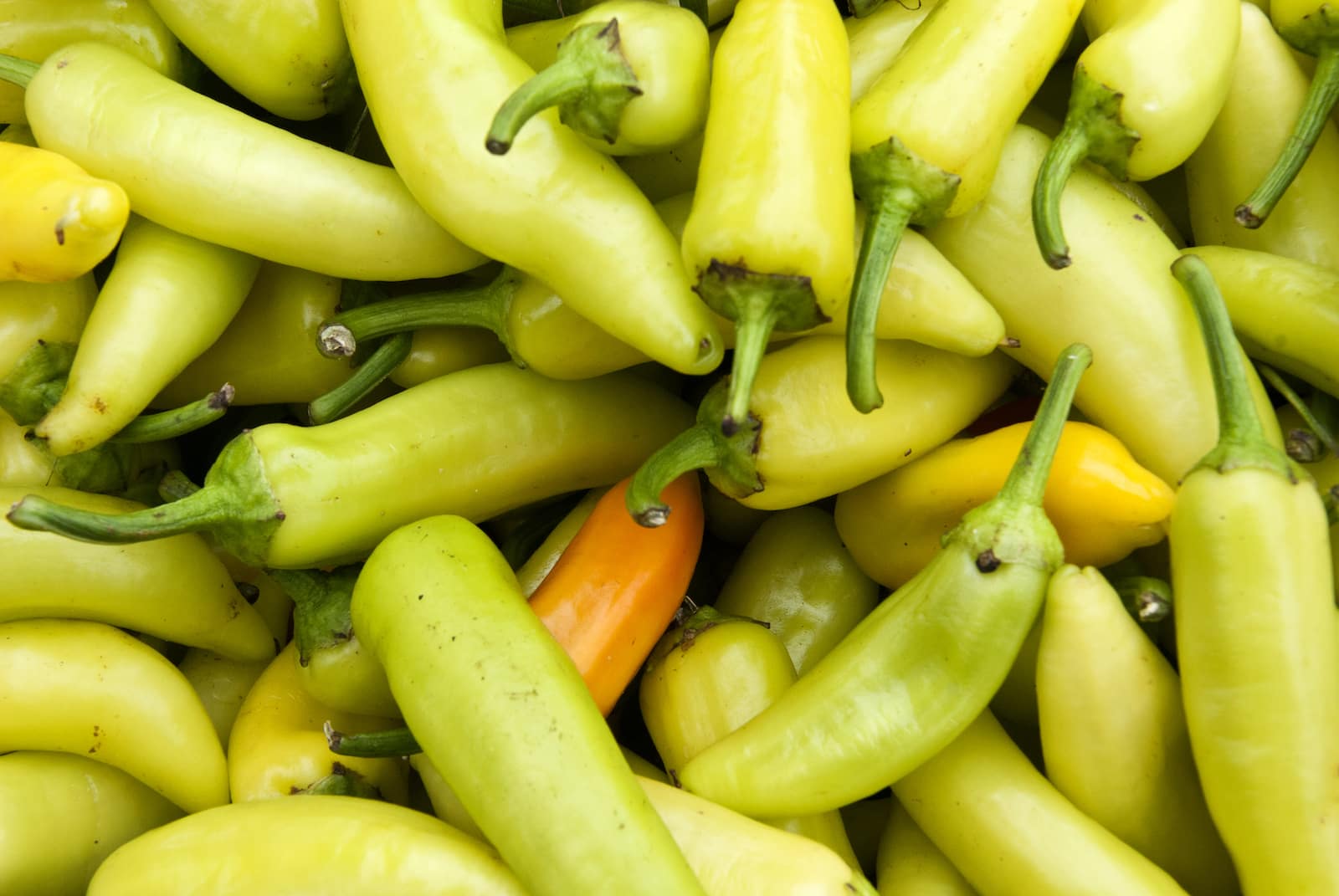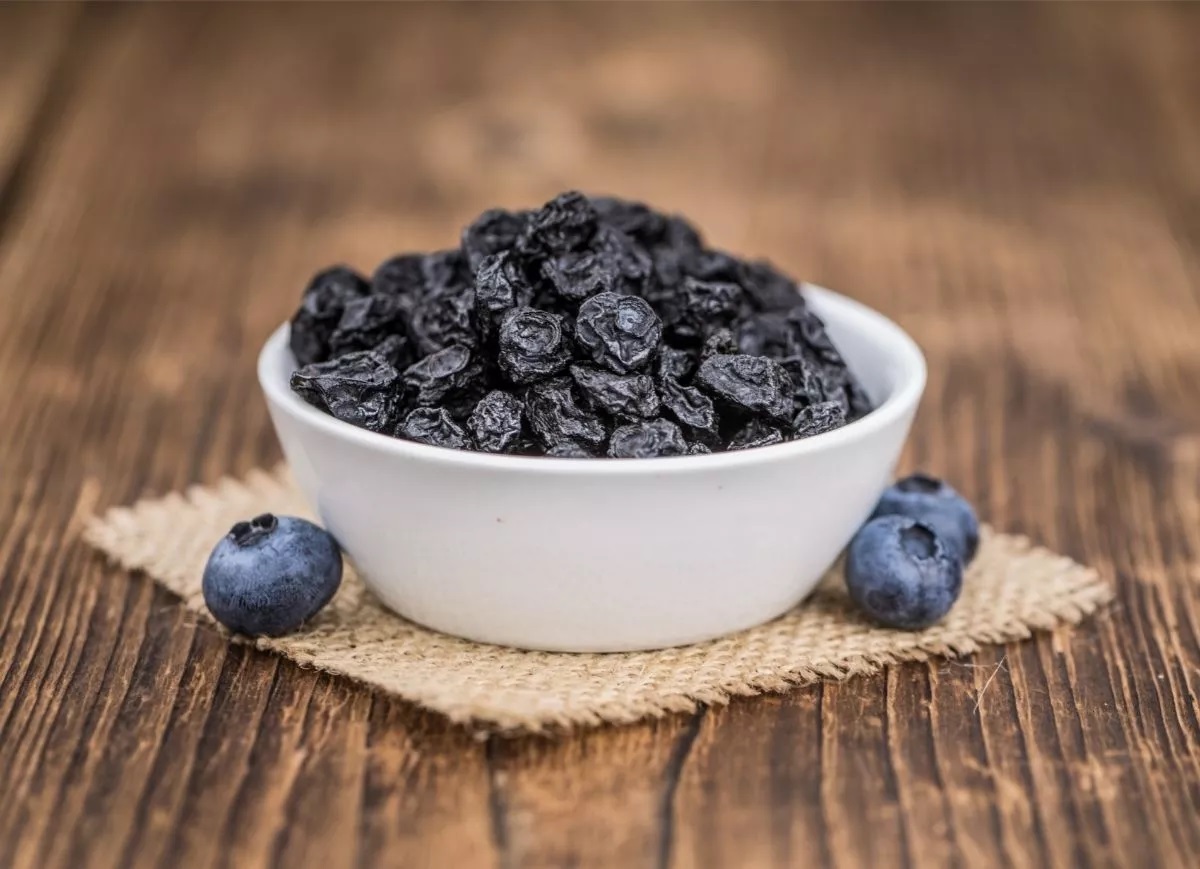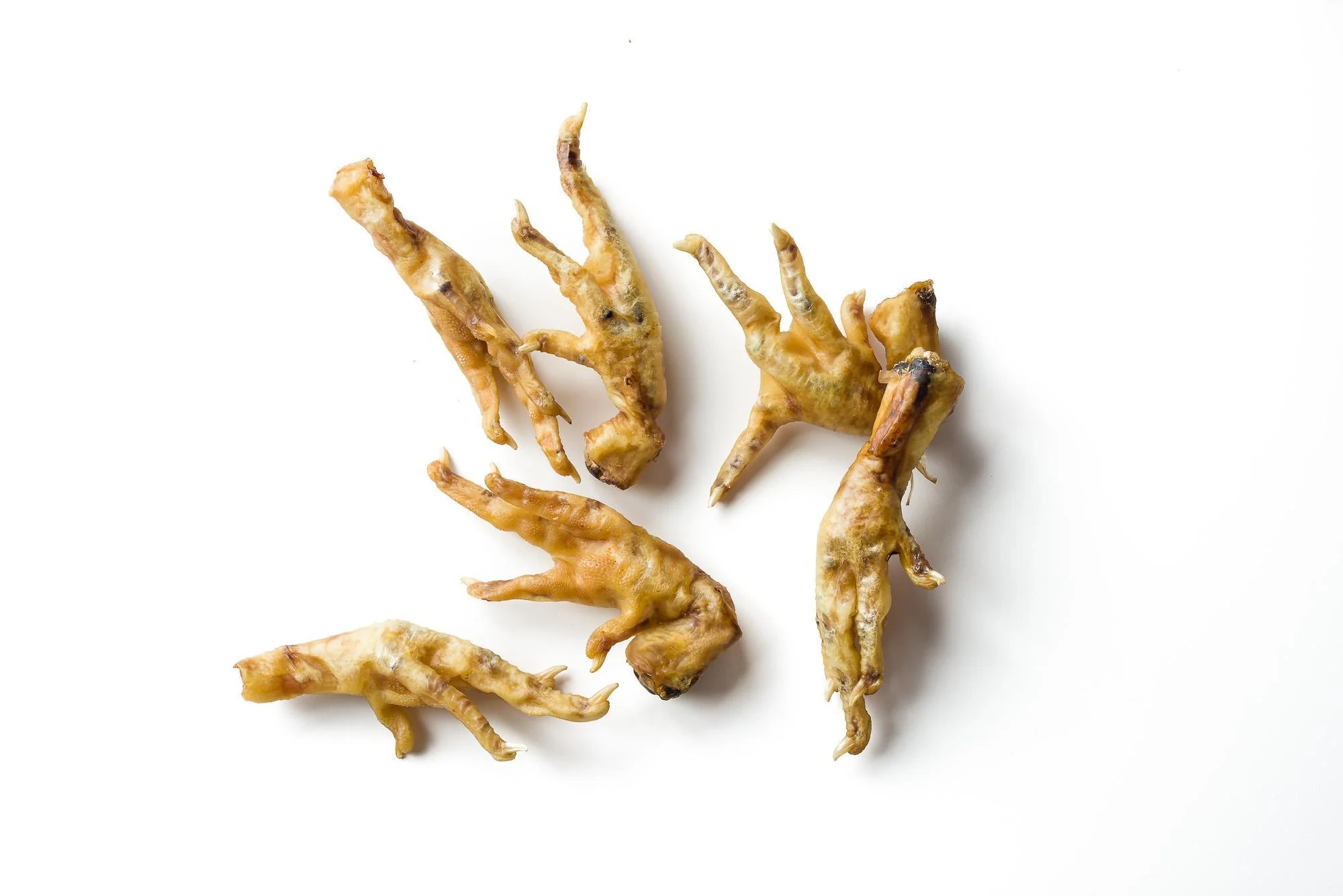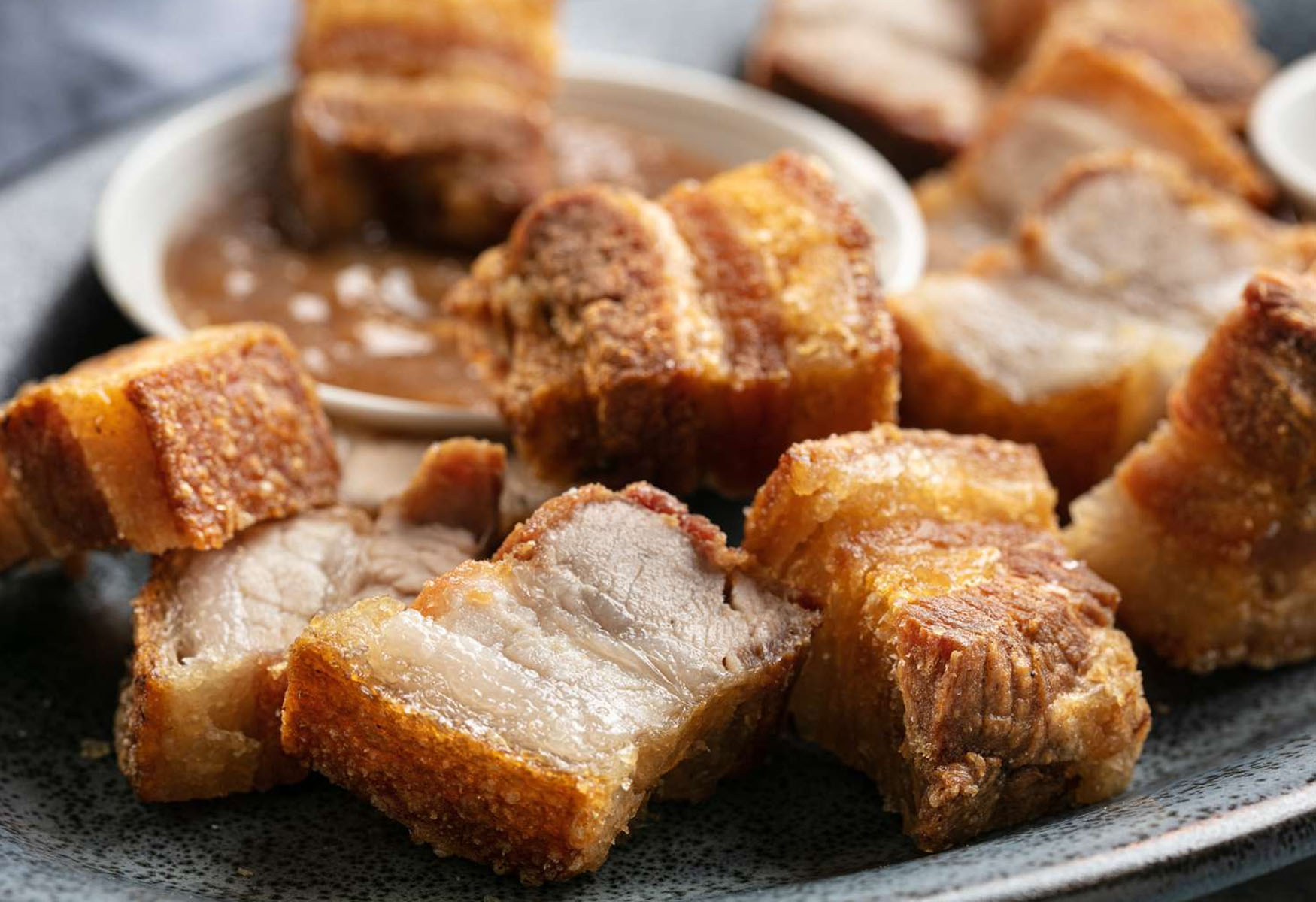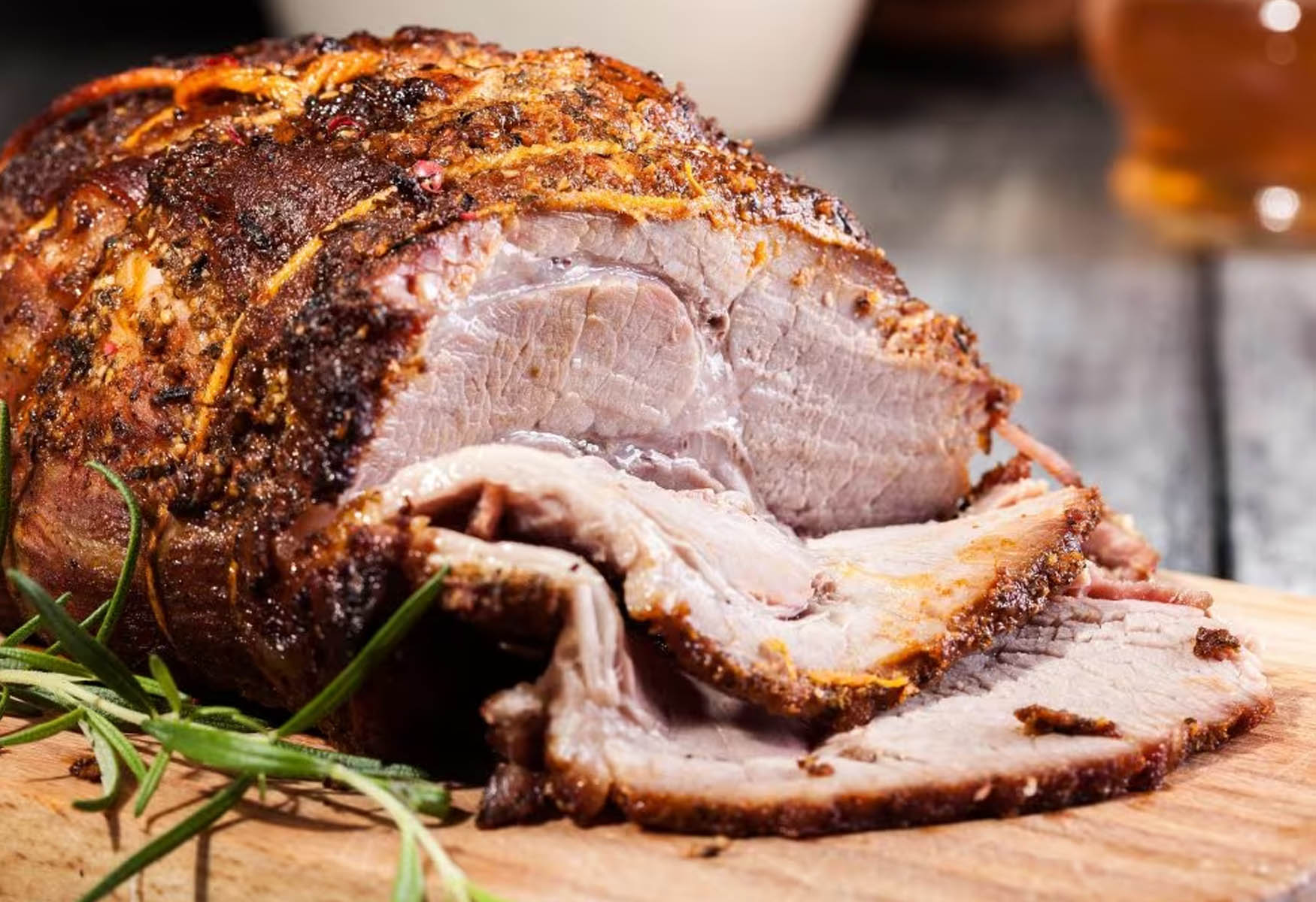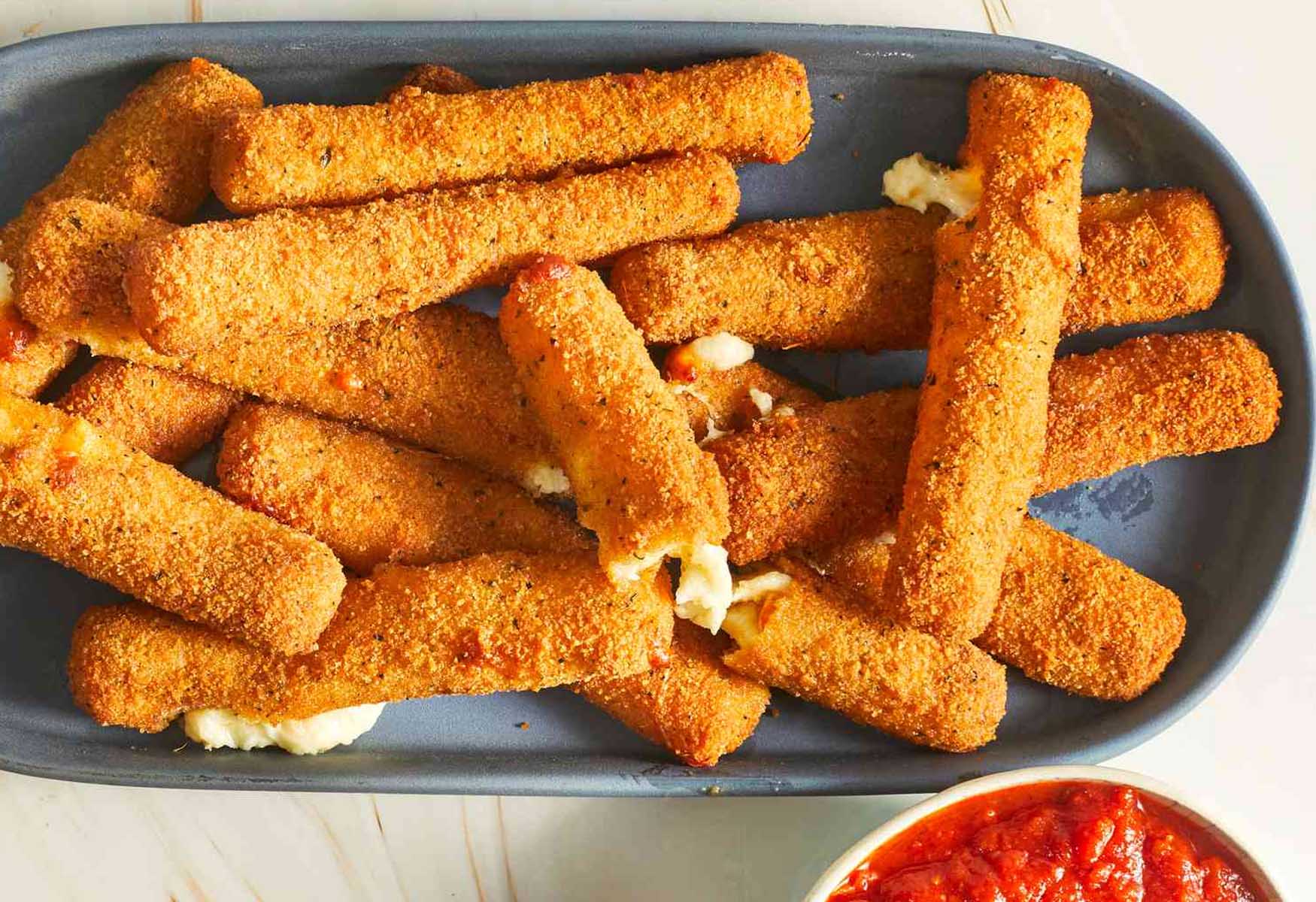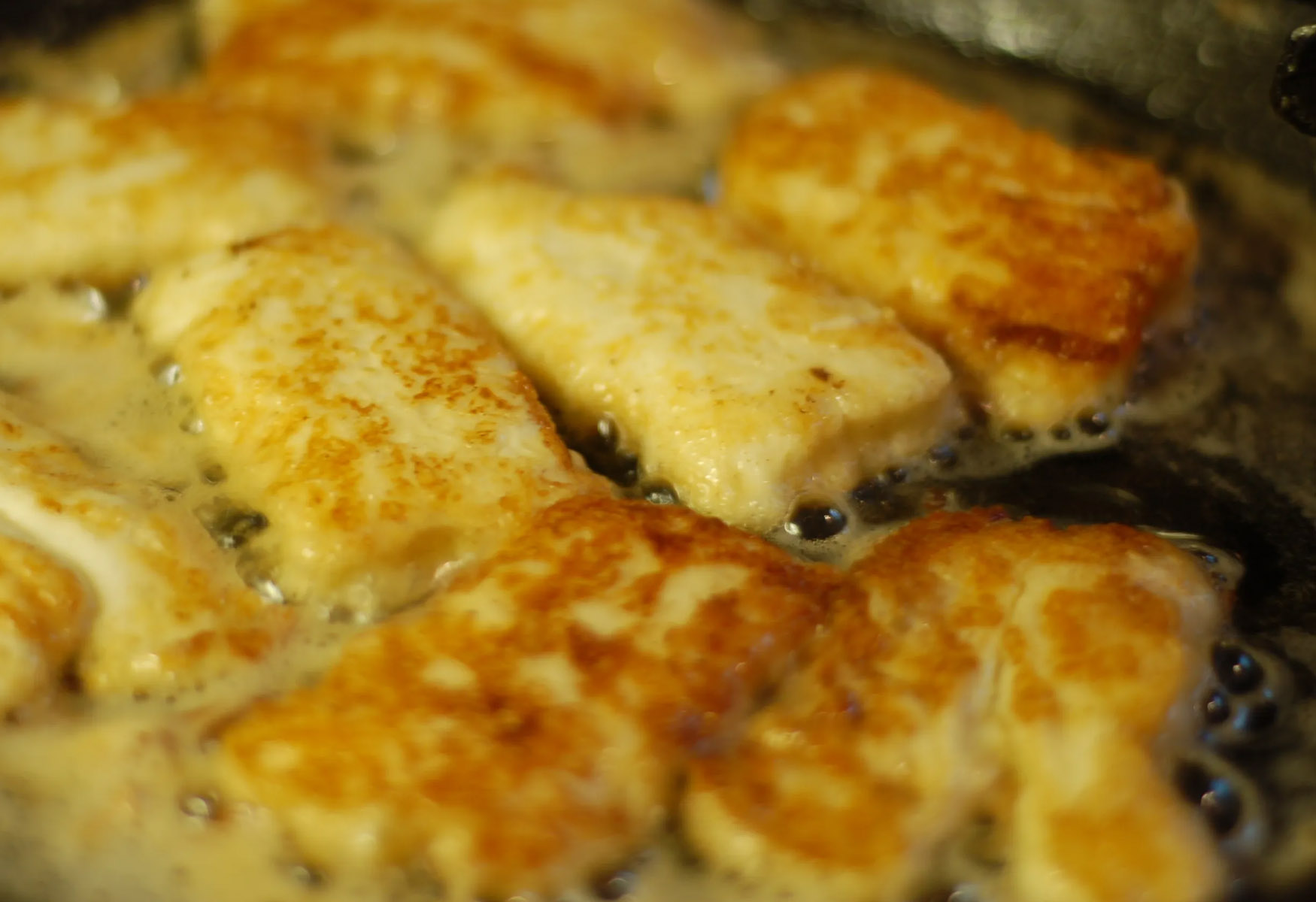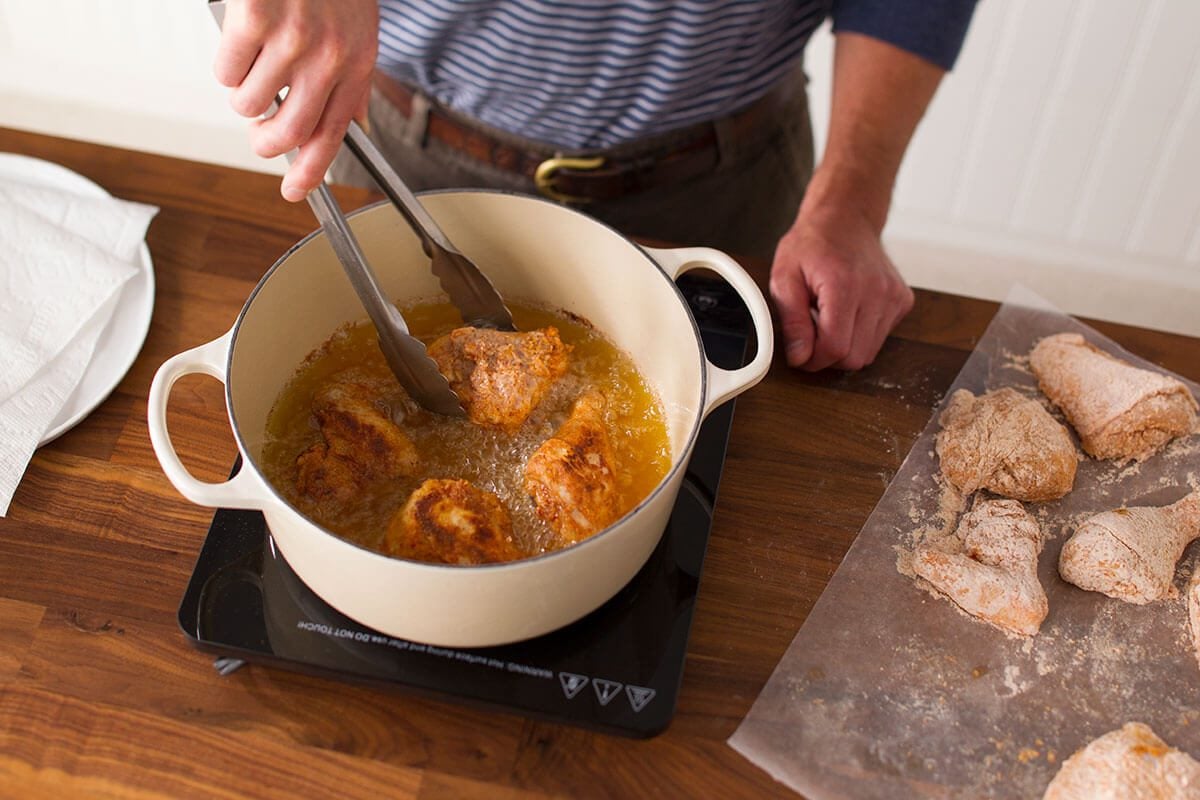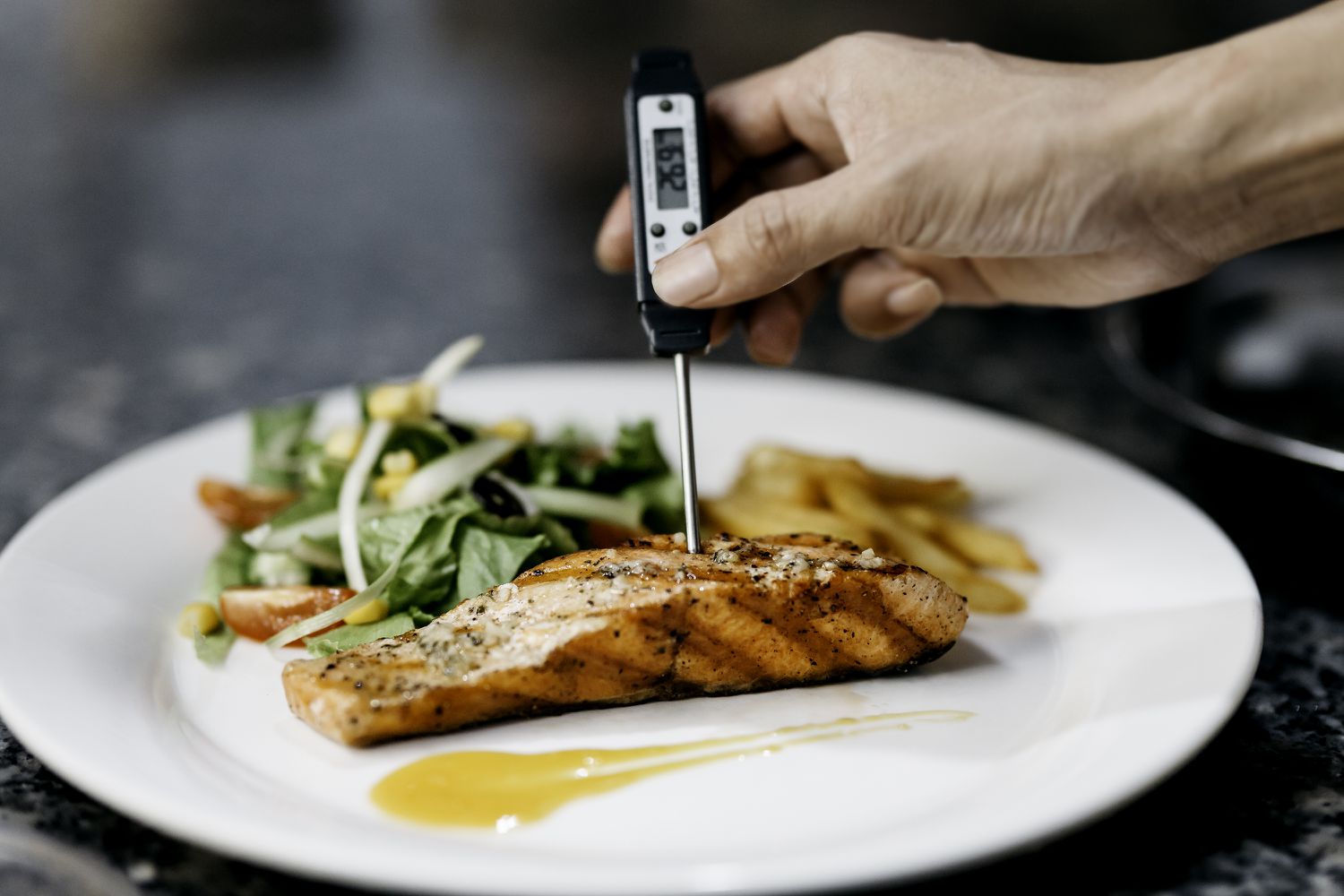Dehydrating Fruits Without a Dehydrator: A Simple Guide
Dehydrating fruits is a great way to preserve them for longer periods and enjoy their natural sweetness as a healthy snack. While a food dehydrator is a convenient tool for this purpose, you can still achieve the same results using alternative methods. Here’s a simple guide on how to dehydrate fruits without a dehydrator.
Sun Drying
Sun drying is one of the oldest and most natural methods of dehydrating fruits. Here’s how you can do it:
- Choose ripe and fresh fruits such as apples, bananas, berries, or mangoes.
- Wash the fruits thoroughly and slice them into uniform pieces to ensure even drying.
- Place the fruit slices on a clean, flat surface such as a baking sheet or a tray.
- Set the tray in direct sunlight, preferably in a location with good air circulation.
- Rotate the fruit slices occasionally to ensure they dry evenly on all sides.
- Depending on the weather conditions, the fruits may take 1-3 days to fully dehydrate.
- Once the fruits are dry and slightly leathery, they are ready to be stored.
Oven Drying
If you prefer a quicker method, oven drying is a great alternative to using a dehydrator. Follow these steps to dehydrate fruits in your oven:
- Preheat your oven to the lowest temperature setting, ideally between 140°F and 200°F (60°C and 93°C).
- Prepare your fruits by washing and slicing them into uniform pieces.
- Place the fruit slices on a baking sheet lined with parchment paper, ensuring they are not touching or overlapping.
- Place the baking sheet in the preheated oven and prop the oven door open slightly to allow moisture to escape.
- Check the fruits regularly and flip them over to promote even drying.
- Depending on the type of fruit and its moisture content, oven drying may take 4-12 hours.
- Once the fruits are dehydrated and have a leathery texture, remove them from the oven and let them cool before storage.
Air Drying
Air drying is another simple method to dehydrate fruits without a dehydrator. Here’s how you can do it:
- Choose your favorite fruits and wash them thoroughly.
- Slice the fruits into uniform pieces and remove any seeds or pits.
- Arrange the fruit slices in a single layer on a wire rack or a clean cloth in a well-ventilated area.
- Allow the fruits to air dry at room temperature, turning them occasionally to ensure uniform drying.
- Depending on the humidity level, air drying may take 3-7 days for the fruits to fully dehydrate.
- Once the fruits are dry and slightly pliable, they are ready to be stored in airtight containers.
Storing Dehydrated Fruits
Regardless of the method used to dehydrate fruits, proper storage is crucial to maintain their quality. After dehydrating fruits without a dehydrator, follow these tips for storing them:
- Allow the dehydrated fruits to cool completely before storing them.
- Place the dried fruits in airtight containers such as glass jars or resealable bags.
- Store the containers in a cool, dark place to protect the fruits from moisture and light.
- Label the containers with the date of dehydration to keep track of their freshness.
- Enjoy the dehydrated fruits as a healthy snack, or use them in recipes such as trail mix, granola, or baked goods.
With these simple methods, you can easily dehydrate fruits without a dehydrator and enjoy the delicious flavors of your favorite fruits all year round. Whether you choose sun drying, oven drying, or air drying, the result is a nutritious and tasty snack that’s perfect for any time of day.
For those looking to delve into dehydrating fruits without a dehydrator, there are several recipes readers can try to hone this skill. They can start with Dehydrated Apple Chips for a crunchy, healthy snack, or Dehydrated Fruit Leather for a chewy, sweet treat. For a breakfast option, Dehydrated Strawberry Oatmeal is a great choice, offering a burst of flavor and convenience. Another fun recipe is Dehydrated Pineapple Rings, perfect for adding a tropical twist to any dish. Dehydrated Fruit Energy Bars are also recommended for a nutritious, on-the-go snack. Each of these recipes showcases the versatility of dehydrated fruits and provides a hands-on way to practice the techniques outlined in the guide.
Was this page helpful?
Read Next: How To Dehydrate Honey In Oven
